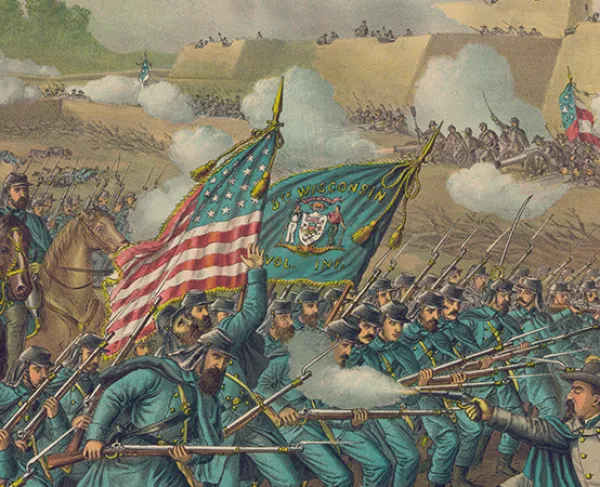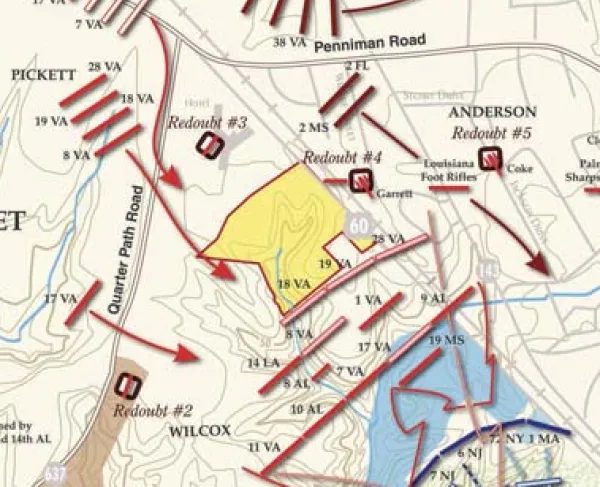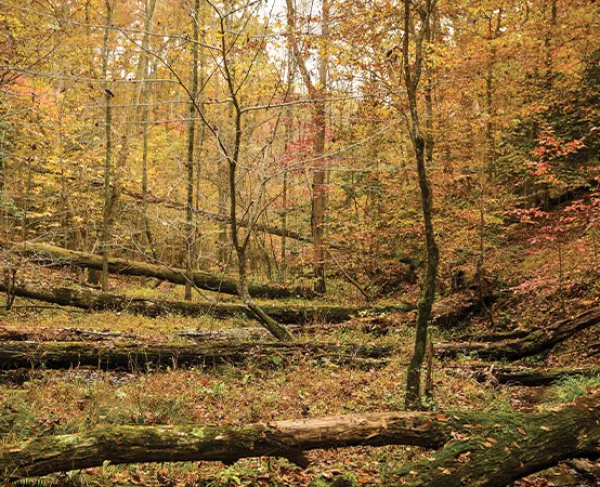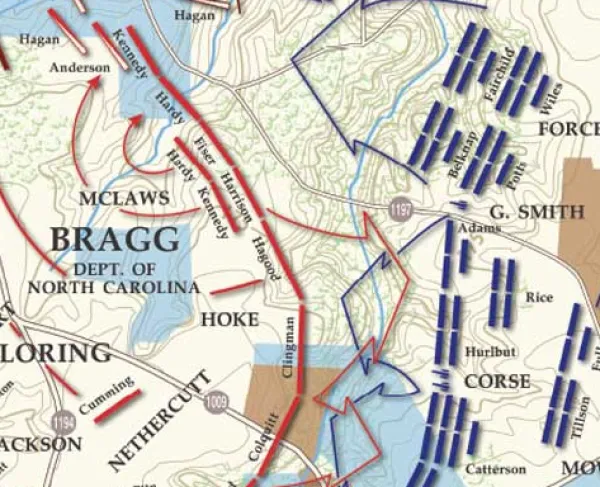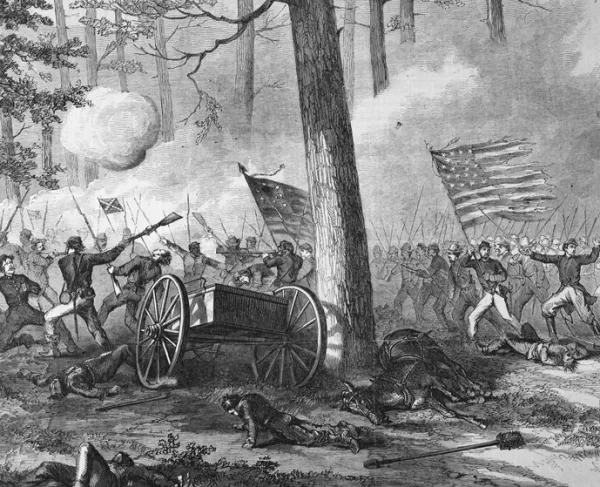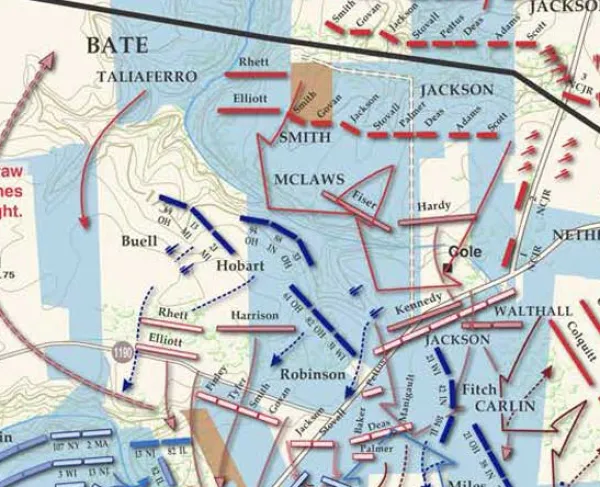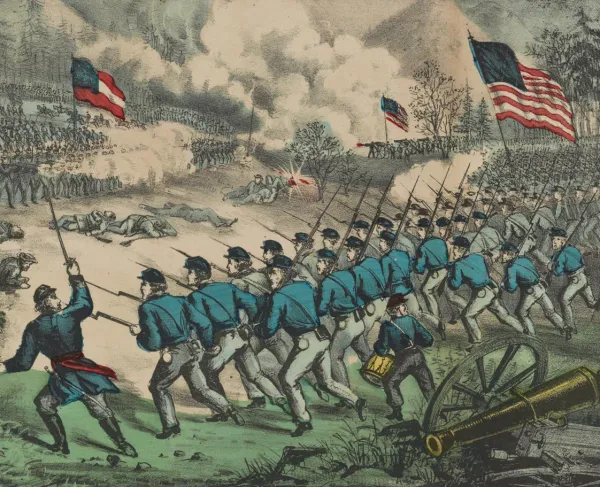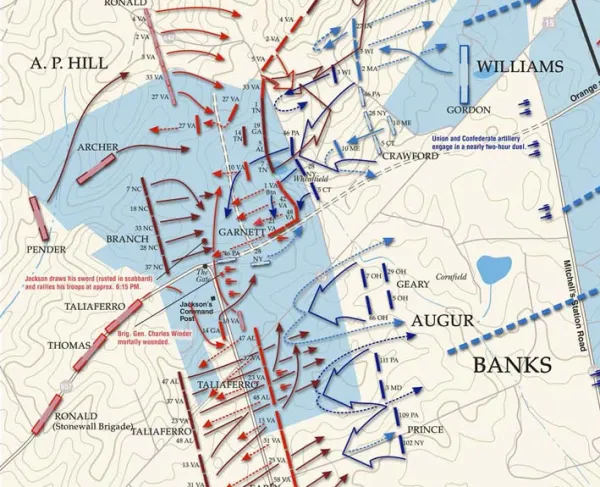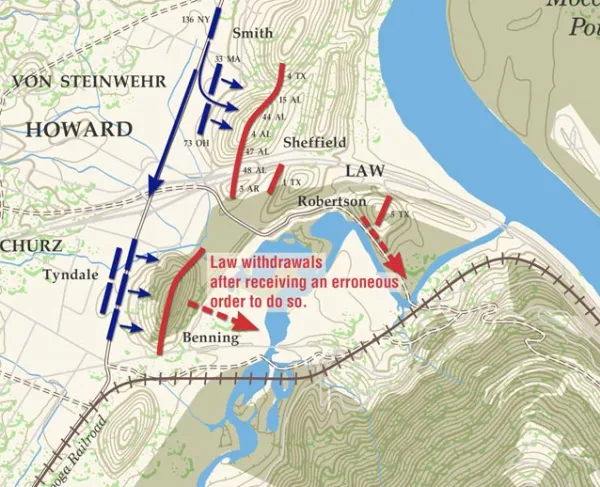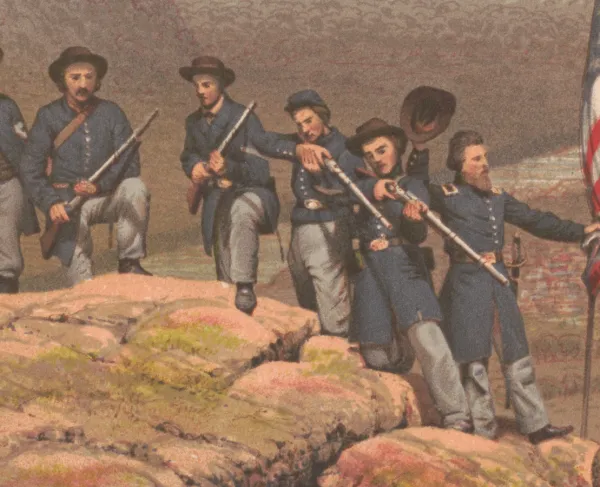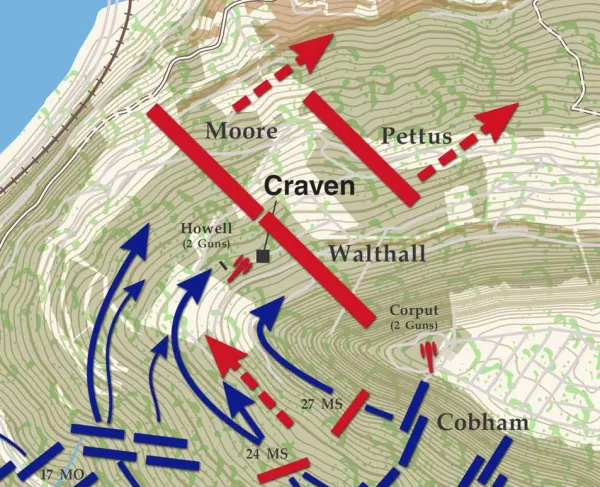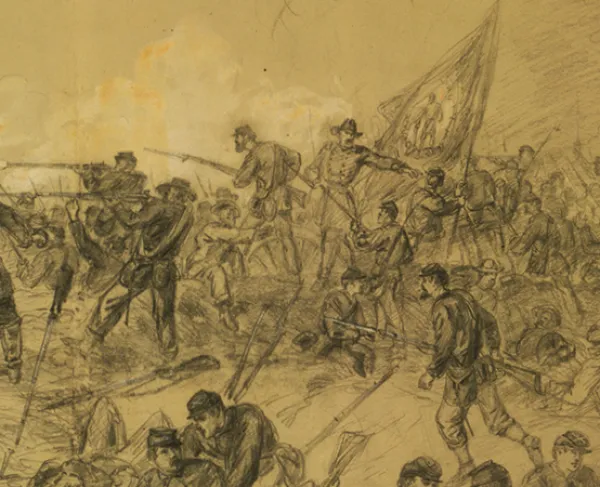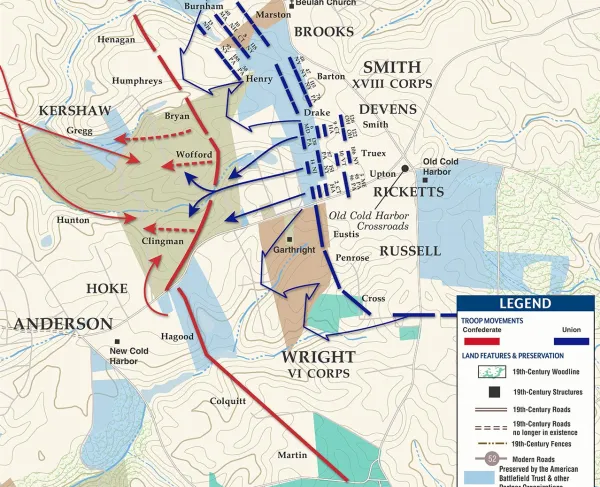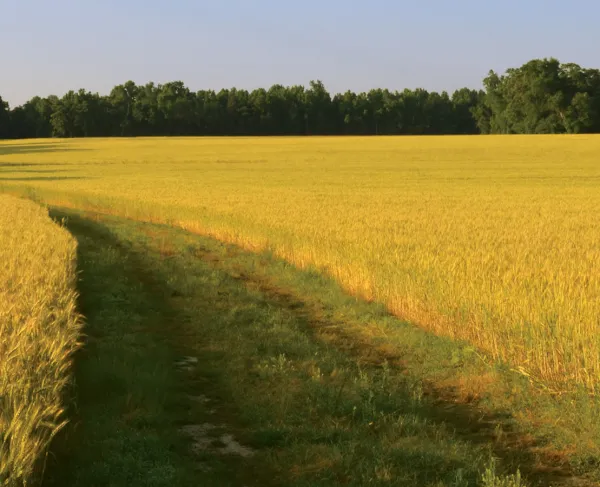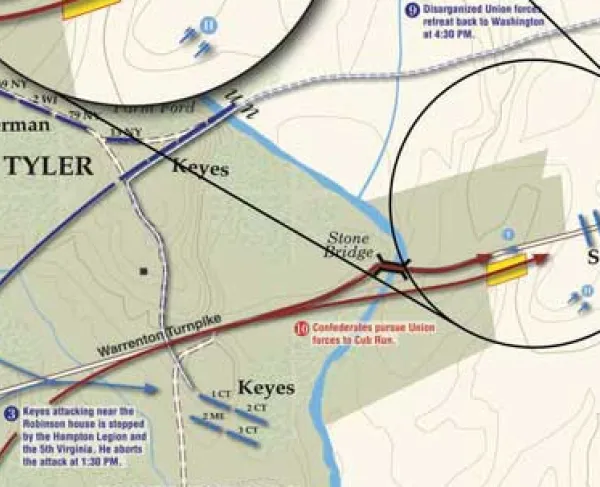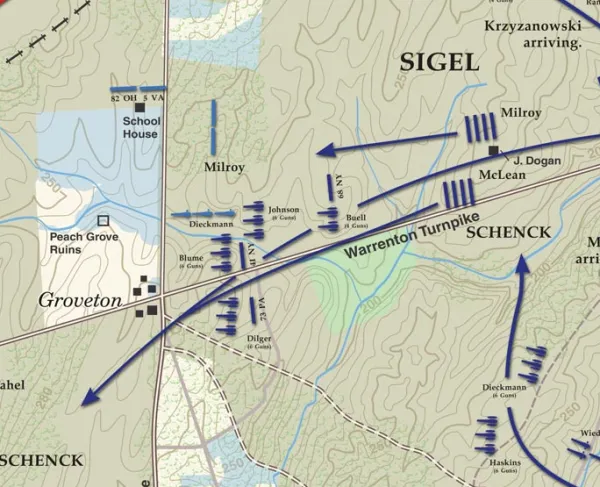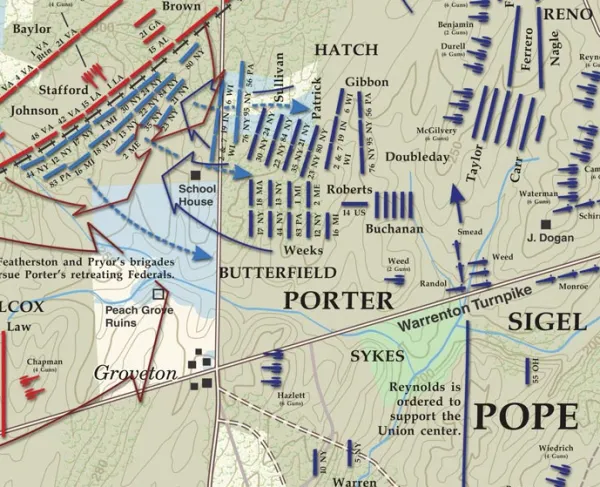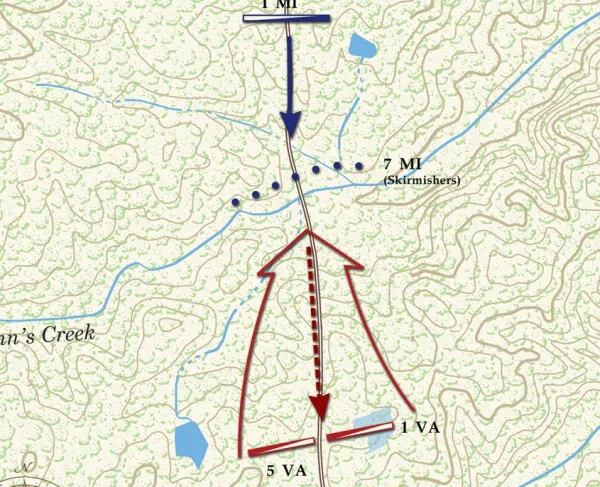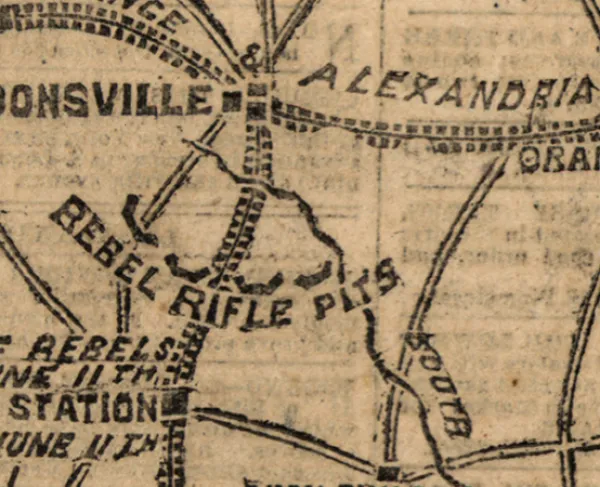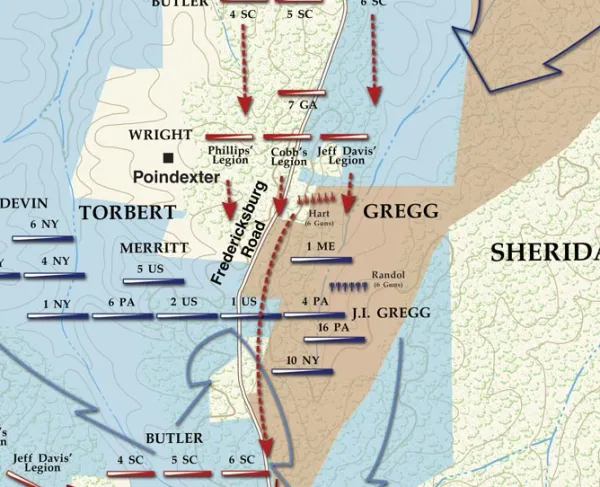Celebrate Victory Week 2022 with us!
Celebrating 659 Acres Saved Acres Saved across Seven Battlefields!
When the American Battlefield Trust claims “victory,” the term signifies the conclusion of our long and arduous process to save, and often restore, sacred battlefield acreage. From researching and confirming the historic actions that unfolded upon the pinpointed soil, to laying the legal groundwork and negotiating with landowners, to consulting local groups and decision-makers, to hunting down all possible funding sources and sharing preservation opportunities with essential donors like yourself, these victories are the product of several helping hands.
During its second Victory Week, which falls squarely within Historic Preservation Month, the Trust outlined the complexities of the “victory” process with its members — but also announced an impressive round-up of recent preservation victories. Composed of seven battlefields in three states, the Victory Week declaration covers nearly 659 historic acres protected by the nation’s premier battlefield land preservation organization. This impactful acreage represents five Virginia battlefields from the Civil War’s Eastern Theater and two battlefields from the Western Theater, plus a plethora of stories that illustrate the struggle, sacrifice and perseverance of warfare.
The Battle of Williamsburg, fought on May 5, 1862, was the first pitched battle of the Peninsula Campaign, as troops from the Army of the Potomac engaged Confederates retreating from Yorktown following a month-long siege. The battle ended inconclusively, and the Confederates resumed their withdrawal during the night.
The Trust acquired the 245-acre James Custis Farm at Williamsburg in December 2021, made possible through the Commonwealth of Virginia, the Virginia Battlefield Preservation Fund, Virginia Land Conservation Foundation, a landowner donation, the U.S. Navy’s Readiness and Environmental Protection Integration Program and the largest matching grant in the history of the federal American Battlefield Protection Program. The tract has witnessed centuries of history, from stories of self-emancipation to its prominent role in the Battle of Williamsburg. Redoubt 11 — where Brig. Gen. Winfield S. Hancock reestablished his line, repulsed the Confederates and earned the sobriquet “Hancock the Superb” — is located on the property. The Trust has now saved 343 acres at Williamsburg.
Explore Williamsburg
Williamsburg
Williamsburg | May 5, 1862
Williamsburg Battlefield
In March 1865, Maj. Gen. William T. Sherman divided his force as he marched north into the Carolinas. Confederates under Gen. Joseph E. Johnston took the first step in their final stand when they confronted an isolated Union wing on March 19. They experienced success until Union reinforcements arrived late in the day. On March 21, the Confederates attempted a final, desperate counterattack before retreating.
In 2021, the Trust teamed up with the American Battlefield Protection Program and the State of North Carolina to acquire two separate tracts, totaling just over seven acres, that witnessed a curious combination of chaos and determination during the first day’s battle at Bentonville. While the Trust plans to donate one acre to the state for incorporation into the Bentonville Battlefield State Historic Site, the other six acres will be transferred to the state historic site following a period of stewardship by the Trust and the removal of non-historic structures by way of financial assistance from the Friends of the Bentonville Battlefield. The Trust has now saved a lofty 1,924 acres at Bentonville — the most acreage of any battlefield outside of Virginia.
Explore Bentonville
Bentonville | Then and Now
Bentonville
Bentonville | Mar 19-21, 1865
On August 6, 1862, Union Maj. Gen. John Pope marched his forces south into Culpeper County, Va., with the objective of capturing the rail junction at Gordonsville. On August 9, Maj. Gen. Thomas “Stonewall” Jackson and Maj. Gen. Nathaniel Banks’s Second Corps of Pope’s army tangled at Cedar Mountain with the Federals gaining an early advantage. Fighting was particularly intense in the area known as Crittenden’s Gate, where Union casualties reached 30 percent. A Confederate counterattack led by Maj. Gen. A.P. Hill on the Union right repulsed the Federals and won the day. The battle marks the deadliest day in Culpeper’s history.
In August 2021, the Trust joined with the Commonwealth of Virginia and the American Battlefield Protection Program to preserve 86 acres at Cedar Mountain that once hosted the advance and retreat of Gen. John H. Gordon’s Union brigade. It is anticipated that this acreage will become part of the future Culpeper Battlefields State Park. The Trust has protected 584 acres at Cedar Mountain.
Explore Cedar Mountain
Cedar Mountain
Cedar Mountain | Aug 9, 1862
Under a Deadly Sun at Cedar Mountain
After Maj. Gen. Ulysses S. Grant received command of the Western armies, the Federals began offensive operations to open a supply line to the besieged Chattanooga. Overlooking the city, the 1,400-foot-tall Lookout Mountain appeared to be an impregnable position for Confederate Gen. Braxton Bragg and his Army of Tennessee. But Union Maj. Gen. Joseph Hooker identified that Bragg had dramatically shortened the south end of his line, providing the perfect opening for the Federals. On the morning of November 24, Hooker ordered his troops to attack the Confederate units entrenched on the mountain slopes. In doing so, he commanded Brig. Gen. John W. Geary’s division to cross Lookout Creek.
The Trust secured a conservation easement on nearly 302 acres at Chattanooga in December, bolstered by the generosity of the American Battlefield Protection Program and Reflection Riding Arboretum & Nature Center. During the battle for Lookout Mountain, Union General Geary’s division crossed Lookout Creek and traversed this very property before working their way up the mountain’s intimidating slopes. Reflection Riding Arboretum & Nature Center will retain ownership of the now-protected property. The Trust has saved 404 acres at Chattanooga.
Explore Chattanooga
Chattanooga | Oct 29, 1863 | Wauhatchie
Chattanooga
Chattanooga | Lookout Mountain | Nov 24, 1863
The Battle of Cold Harbor is remembered as the culmination of the Overland Campaign and one of the bloodiest engagements of the Civil War. Beginning on May 31, 1864, Union Lt. Gen. Ulysses S. Grant ordered a series of hopeless frontal assaults that Gen. Robert E. Lee’s Confederate army repulsed and outmaneuvered time after time, resulting in the loss of more than 17,000 lives. Grant finally shifted his army toward Petersburg on June 12.
The Trust acquired nearly six acres at Cold Harbor in August 2020, enabled by the support of the American Battlefield Protection Program and the Virginia Battlefield Preservation Fund. A connective piece in the battlefield’s preservation puzzle, this property will link other already-preserved hallowed ground. It was also an action-packed location during the 1864 battle, continuously occupied by Federal troops from June 1 through June 12. The Trust will steward this property until it is transferred to the National Park Service. The Trust has protected roughly 280 acres at Cold Harbor.
Explore Cold Harbor
Cold Harbor
Cold Harbor | June 1, 1864
The Long Road to Preservation: Gaines' Mill & Cold Harbor
It wasn’t until the Battle of First Manassas — on July 21, 1861 — that the divided nation realized the immense carnage that the Civil War would deliver. The plains of Manassas became twice-hallowed a little over a year later. On August 28, 1862, Confederate Maj. Gen. Thomas “Stonewall” Jackson encountered and attacked elements of the Union army, holding off several assaults the next day until reinforcements could arrive on the field. A crushing Confederate flank attack on August 30 sent the Federals into a retreat eastward.
The Trust acquired nearly four acres at Manassas in December 2021, with the help of the National Park Service, who had considered this property a top priority for several years. Located near the Sudley Church site, this acreage was witness to the first battle’s aftermath, with the sick and injured tended to on church grounds. During the Battle of Second Manassas, after pushing back Confederate forces along the railroad, Union Gen. Philip Kearny held the property. But not for long. Bolstered by reinforcements and the darkness of night, the land was again placed under the control of Confederate Gen. Thomas “Stonewall” Jackson. The Trust will steward the property until its transfer to the Manassas National Battlefield Park. The Trust has now saved 377 acres at Manassas.
Explore Manassas
First Manassas | July 21, 1861
Second Manassas | Aug 29, 1862
Second Manassas | Aug 30, 1862
In June 1864, Lt. Gen. Ulysses S. Grant ordered Maj. Gen. Philip Sheridan to draw Confederate attention away from his upcoming movement south, strategically destroy railroads and join up with Brig. Gen. David Hunter in Charlottesville. On June 11, Sheridan launched an all-cavalry battle when he clashed with Confederate cavalry under Maj. Gens. Wade Hampton and Fitzhugh Lee. Though the station was captured and several miles of railroad track damaged, the Union cavalry could not break through the fortified Confederate line, forcing Sheridan to withdraw. While successful in distracting Confederate forces, Sheridan failed to interrupt supply lines or join up with Hunter.
The Trust was successful in saving six acres at Trevilian Station in the fall of 2020, and then accumulated another three acres in December 2021. Sitting upon this land is the reconstructed Netherland Tavern, plus the site that became known to Union cavalrymen as their own “Bloody Angle.” The preservation of these nine acres was made possible through collaborative efforts with the American Battlefield Protection Program, the Commonwealth of Virginia and the Trevilian Station Battlefield Foundation. The Trust has now saved 2,246 acres at Trevilian Station.
